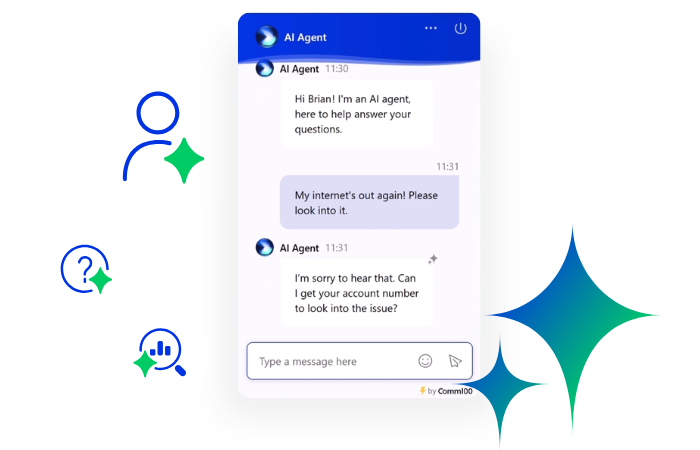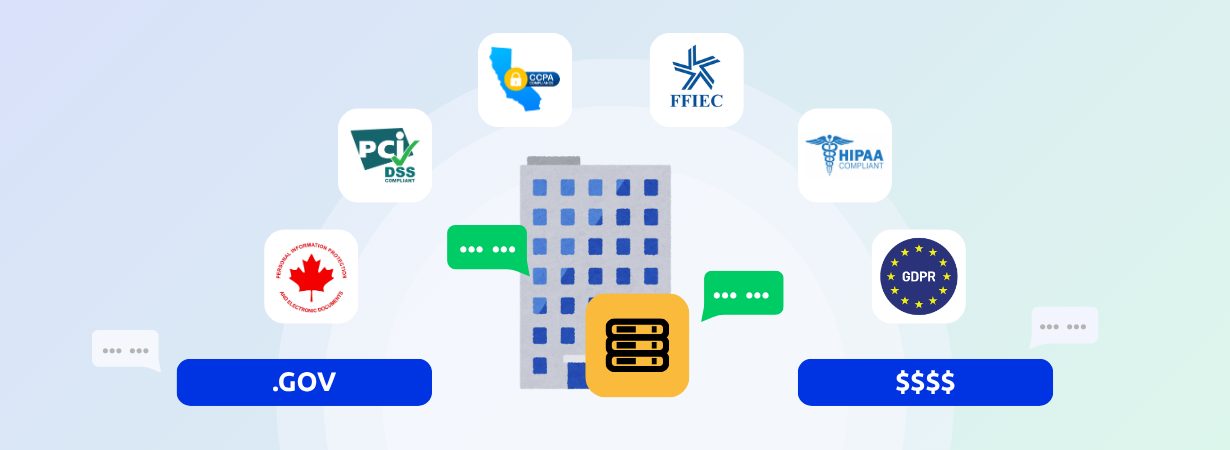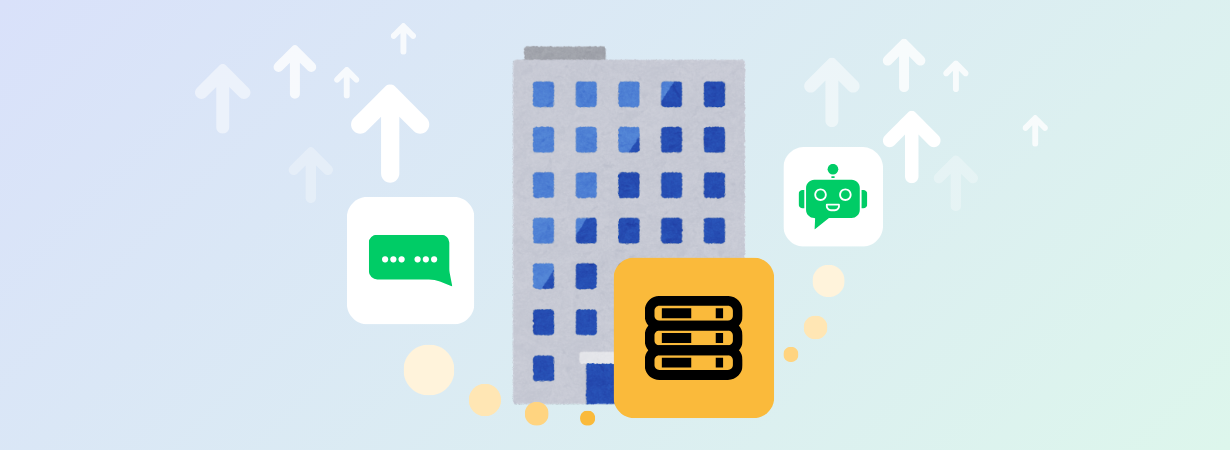Shopping cart abandonment is a major headache for eCommerce businesses, leading to significant lost revenue—but there’s good news: proactive chat initiatives can make a big difference.
In this article, we’ll take a closer look at how engaging customers at just the right moments with chatbots during their online shopping journey can help reduce cart abandonment rates. We’ll cover smart strategies for timing your chat prompts, personalizing interactions based on what your customers are browsing, and offering timely assistance that turns hesitation into actual sales.
Shopping cart abandonment happens when a customer adds items to their online shopping cart but leaves the site before completing the purchase. It’s a common issue that can significantly affect an eCommerce business’s bottom line.
In fact, recent research shows that the average cart abandonment rate is nearly 70%, which means that for every ten potential customers, seven leave without buying anything. The financial impact is substantial—billions of dollars in potential sales are lost each year.
For example, in 2022 alone, abandoned carts accounted for over $4 trillion in lost revenue globally. This startling statistic makes it strikingly clear why tackling cart abandonment is a key issue for online retailers to overcome.
The Growing Role of Proactive Live Chat
Proactive live chat is an approach where a chat window initiates contact with customers based on their behavior on the website rather than waiting for the customer to ask for help. So, this basically means that if a customer lingers on a product page or hesitates during checkout, a chat prompt from an AI-powered chatbot can pop up offering assistance.
The benefits in eCommerce are substantial, as proactive chat can reduce cart abandonment by addressing customer concerns on the fly to provide instant answers to questions about products, shipping, or payment options. Improving the quality of customer interactions means that businesses can increase customer satisfaction and, ultimately, generate more sales.
Proactive vs. Reactive Live Chat: What’s the Difference?
The key difference between reactive and proactive chat lies in initiation.
- Reactive chat relies on customers to start the conversation, often missing opportunities to engage.
- Proactive chat, on the other hand, anticipates customer needs and initiates contact, leading to a more dynamic and responsive customer service experience.
The key difference between reactive and proactive chat lies in initiation. Reactive chat relies on customers to start the conversation, often missing opportunities to engage. Proactive chat, on the other hand, anticipates customer needs and initiates contact, leading to a more dynamic and responsive customer service experience.
As we mentioned, most eCommerce chatbots are being used in the B2C sphere, but the real gold mine lies in the B2B aspect of online business dealings. From SMB owners educating themselves about invoice factoring or how to find the best accounts for small businesses—chatbots can turn transactional research into a smooth conversation and thus reduce the number of speed bumps that lead to shopping cart abandonment.
In the B2B space, implementing proactive chat can be revolutionary, elevating customer satisfaction and simplifying complex purchasing processes. Replacing transactional interactions with engaging encounters means that businesses can alleviate friction points and achieve higher conversion rates.
Likewise, these proactive approaches can be implemented into an app immediately upon its deployment, which also provides fertile ground for an A/B test of two distinct approaches you believe might lead to fewer abandoned carts. This helps in fine-tuning the chat strategy while also offering valuable insights into customer behavior and their preferences.
Timing Your Chat Prompts Most Effectively
When it comes to initiating chat prompts, timing is key to success—you want to reach out at moments when the customer journey has ground to a halt (they might need help or reassurance), but not so early that it feels intrusive.
Optimal moments to trigger a chat include when a customer lingers on a product page, indicating interest but possibly hesitation. Another key moment is when a customer adds an item to their cart but doesn’t proceed to checkout. These moments suggest that the customer might have questions or concerns that, if addressed, could lead to a completed purchase.
Today, the top eCommerce platforms have mastered the art of optimizing delivery timeframes for their chat prompts.
For instance, Zappos initiates chat when customers spend a certain amount of time on their checkout page, offering help with payment issues or shipping details. These kinds of well-timed interventions can ease customer anxieties and guide them toward making a purchase, significantly reducing cart abandonment rates.
For more complex online purchases, like purchasing insurance or booking luxury trips, live chat can also be used to notify users about digital signatures, 2FA, potential discounts, and any other relevant features or info that might streamline the process.
After all, it’s about making the user comfortable enough so that they’re not tempted to abandon the cart in the first place.
Personalizing Your Interactions Based on Browsing Behavior
Understanding customer behavior is key to enhancing chat interactions and making them more effective.
Through monitoring and evaluating browsing habits, businesses can acquire valuable knowledge regarding customer interests and potential areas where they might require additional support.
Methods for tracking browsing behavior include using analytics tools that monitor page views, time spent on specific pages, and actions taken, such as adding items to the cart or abandoning the checkout process. Things like heatmaps and session recordings can also provide visual representations of how customers navigate your site.
With this key data in hand, you can personalize chat messages to better meet customer needs and help boost your sales.
For example, if a customer has been looking at a particular product multiple times, a chat prompt could offer additional information about the product or even provide a discount to encourage a purchase. If someone has items in their cart but hasn’t checked out yet, a chat message could address common concerns like shipping costs or return policies.
Some essential tips for personalizing chat include using the customer’s name, referencing their browsing history, and offering carefully tailored recommendations that are based on their interests.
Key Best Practices for Implementing Proactive Chat
Implementing proactive chat can significantly boost your eCommerce success if done right. To help guide you, here are some key takeaways and best practices that you can use to improve your success:
- Timing is Key: Make sure to trigger chat prompts at the right moments, like when customers are hesitating on a product page or during checkout. Doing so can help answer questions and reduce cart abandonment.
- Personalize Your Approach: Use customer browsing data to customize your chatbot’s messages to your customers. Mention the customer’s name, reference their browsing history, and offer tailored suggestions. This makes the interaction more relevant and engaging.
- Be Supportive, Not Pushy: Try to ensure your chat prompts are helpful and not intrusive. Offer assistance rather than push for a sale, which builds trust and improves their shopping experience.
- Equip Your Chat Agents: Make sure your chat agents are well-trained and knowledgeable about your products. They should be able to handle common customer questions and scenarios effectively.
- Always Monitor and Improve: Try to regularly check the performance of your chat interactions. Use analytics to see what’s working and make adjustments to improve engagement and conversion rates.
Following these best practices can help you make the most of proactive chat, thereby enhancing customer satisfaction and ultimately boosting your sales.
Improving Your Sales Organically
In this article, we’ve discussed in detail how proactive live chat can reduce shopping cart abandonment by engaging customers at crucial moments, personalizing interactions, and offering timely assistance. These strategies can significantly enhance customer satisfaction and boost sales.
If you’re looking to improve your e-commerce performance, implementing proactive chat in your own platform is a smart move—start today and see the difference it can make for your business.






